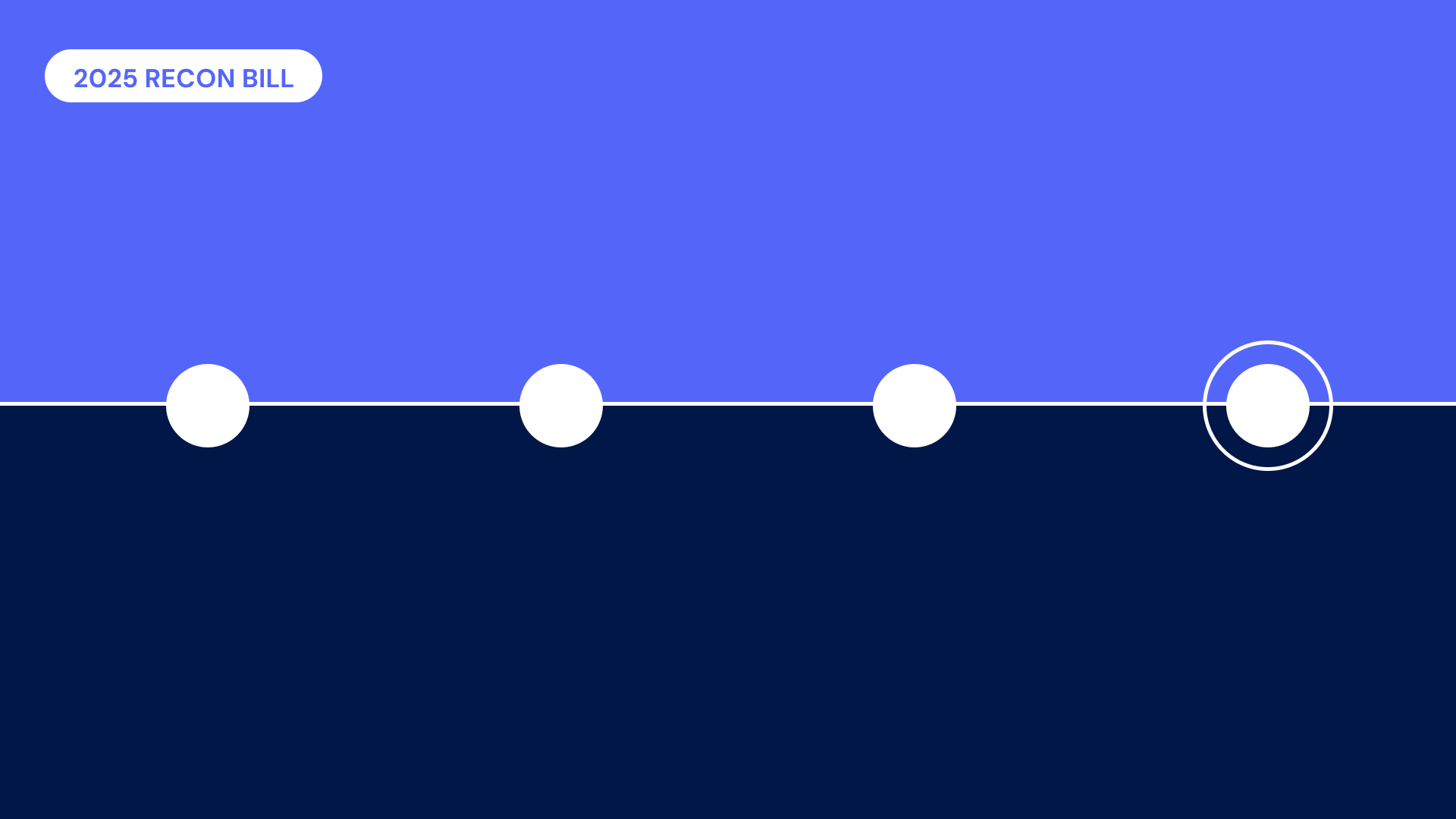This is the second in a three-part blog series covering some of the main trends in Cedar’s 2021 Healthcare Consumer Experience Study. To read the full study, click here.
It might seem intuitive that consumer retention is all about the quality of the product or service someone buys. But it turns out that’s only part of the equation.
In reality, many other factors can make or break the consumer experience. When it comes to loyalty, one of the most damaging things a company can do is make people use a website or app that’s hard to navigate, per a 2020 report from the University of Pennsylvania’s Baker Retailing Center. Difficult return processes and negative customer interactions also lead to significant retention problems.
Our 2021 study echoed these findings in the healthcare space. There’s a lot that payers and providers can learn to avoid costly mistakes that stem from the billing and payment experiences.
Why getting follow-up interactions right is critical
According to Cedar research, more than 90% of patients say that the quality of the billing and payment experience—in terms of simplified explanations, consolidated bills matching one’s health plan benefits, clear language displaying patient liability and payment options—significantly influences whether a consumer will return to the healthcare provider.
Additionally, nearly every respondent (96%) claimed it’s an important factor in how satisfied they are with payers.
What’s more, a quarter have left a negative review to express their dissatisfaction with a provider around unexpected costs or frustrating bill processes.
For both payers and providers, the main driver of dissatisfaction in billing and payment experiences is a lack of clarity, especially when communicating bills and benefit explanations. Over a third of patients are frustrated with communication timeliness and bill explanation.
5 options healthcare consumers want
So what can healthcare leaders do to address these concerns?
Respondents in our survey provided very clear suggestions, starting with a few digital features that would simplify their healthcare experiences:
- 64% want to be able to customize their experience with their provider as to how they pay their bills or communicate.
- 56% would like a digital payment option or to pay through a patient portal.
- 32% want the ability to complete the prior authorization process online with their payer.
- 30% hope for an easier process to reconcile payment issues online with their payer.
- 25% are looking for an easier method to pay premiums online with their payer.

“Our industry has long held onto functional silos,” said Stacy Byers, VP of customer experience at Highmark Health. “It’s one of the reasons we’ve struggled to develop connected, customer-first digital experiences. Each [payer and provider] has its own business rules and regulations they have to meet, and the customer is very much in the middle. The more we can do to bring those experiences together, the more seamless it will be for customers.”
If you want to see more data on patient loyalty, download the full study here.



